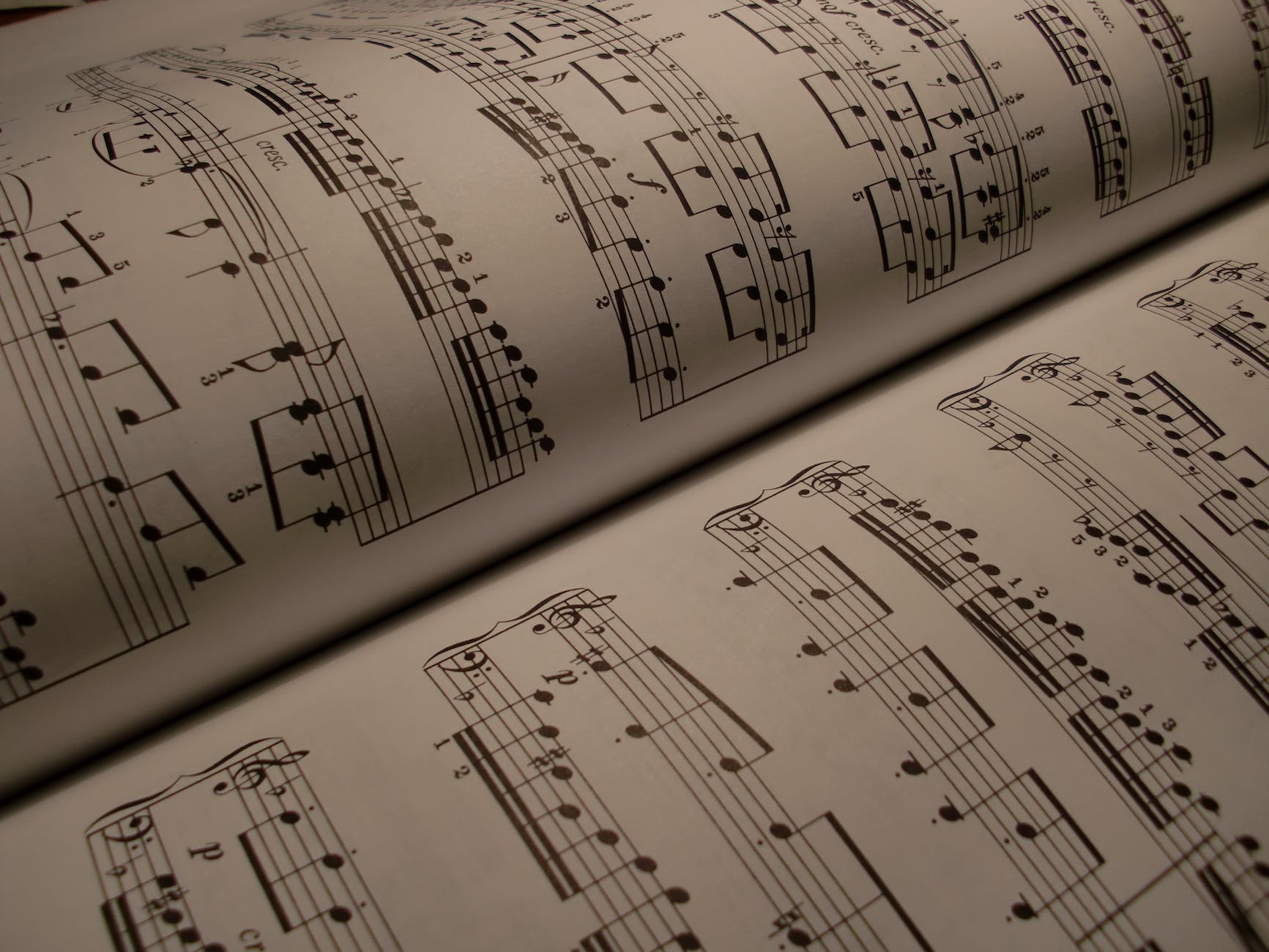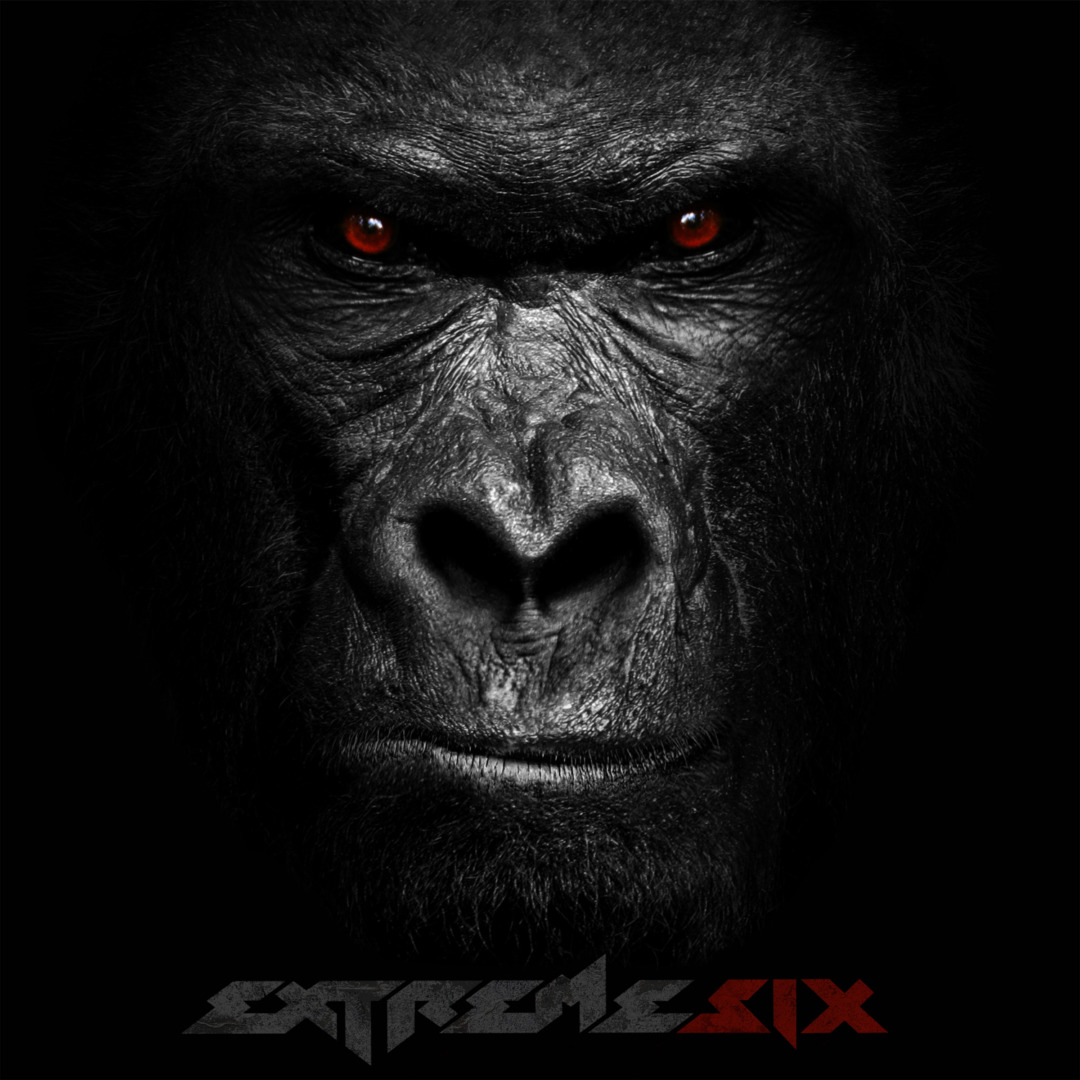Harmonic mixing is an advanced technique used by top DJs and producers worldwide. It involves mixing tracks that are in the same or related keys, enabling long blends and mashups. The Simple Harmonic Mixing Tool on my website is designed to make this process even more straightforward. It’s an evolution of the Camelot Wheel, providing you with a unique code for each of the 24 possible musical keys (12 major and 12 minor keys). This tool is not just for DJs but also for music theory students and musicians who want to better understand the relationships between different musical keys.
The Emotional Landscape of Musical Keys
Understanding the emotional nuances of each key can add another layer of depth to your mixes or compositions. Let’s delve into the psychological characteristics of each key, along with examples from the electronic music world to illustrate these points.
Major Keys
- C Major (8B): Often considered the “default” key in Western music, C Major is straightforward and lacks sharps or flats. It’s the key of choice for simplicity and purity, often used to convey innocence and straightforward emotions.
- Example: “Xtal” by Aphex Twin captures a sense of nostalgia and simplicity, making it a go-to for ambient sets.
- Example: “Xtal” by Aphex Twin captures a sense of nostalgia and simplicity, making it a go-to for ambient sets.
- Db Major (3B): A somewhat rare key that’s often used for unique, ethereal sounds. It can evoke a sense of mystery or otherworldliness.
- Example: “Polygon Window” by Aphex Twin uses this key to create a haunting, yet ethereal atmosphere.
- Example: “Polygon Window” by Aphex Twin uses this key to create a haunting, yet ethereal atmosphere.
- D Major (10B): Known for its uplifting and triumphant feel, D Major is frequently used to convey joy and happiness. It’s a key that’s often used to elevate the mood of a piece, making it ideal for peak moments in a set.
- Example: “Spastik” by Plastikman uses this key to create a hypnotic, yet uplifting atmosphere.
- Example: “Spastik” by Plastikman uses this key to create a hypnotic, yet uplifting atmosphere.
- Eb Major (5B): This key is often used to convey a sense of majesty and grandiosity. It’s the key of the epic, of the grandiose, often used in anthemic tracks.
- Example: “Strings of Life” by Derrick May uses this key to create a sense of uplifting grandeur.
- Example: “Strings of Life” by Derrick May uses this key to create a sense of uplifting grandeur.
- E Major (12B): Known for its majestic and heroic qualities, E Major is often used in anthems and other grandiose pieces. It can evoke a sense of grandeur and majesty, making it ideal for tracks that aim to inspire or uplift.
- Example: “Why Does the World Exist” by Max Cooper offers a complex, yet majestic auditory experience.
- Example: “Why Does the World Exist” by Max Cooper offers a complex, yet majestic auditory experience.
- F Major (7B): Known for its warmth and harmony, F Major is often used in songs that offer comfort, solace, and a sense of belonging. It’s a key that can evoke a sense of warmth and envelopment, making it ideal for more introspective moments in a set.
- Example: “Vanishing Point” by Matrixxman uses this key to create a warm, enveloping soundscape.
- Example: “Vanishing Point” by Matrixxman uses this key to create a warm, enveloping soundscape.
- Gb Major (2B): A rare key that’s often used to convey complex emotional textures. It can evoke a sense of complexity and depth, making it ideal for tracks that aim to provoke thought or introspection.
- Example: “Mentasm” by Second Phase uses this key to create a complex, thought-provoking atmosphere.
- Example: “Mentasm” by Second Phase uses this key to create a complex, thought-provoking atmosphere.
- G Major (9B): Often associated with the pastoral and the rustic, G Major is the key of the outdoors, of the countryside, and of the simple life. It can evoke a sense of earthiness and groundedness.
- Example: “Tha” by Aphex Twin captures a sense of pastoral tranquility, making it ideal for more laid-back moments.
- Example: “Tha” by Aphex Twin captures a sense of pastoral tranquility, making it ideal for more laid-back moments.
- Ab Major (4B): Known for its dreamy and heavenly qualities, Ab Major is often used to convey a sense of ethereal beauty. It’s the key of the otherworldly, of the sublime, often used in tracks that aim to evoke a sense of dreaminess or transcendence.
- Example: “Energy Flash” by Joey Beltram captures a sense of ethereal intensity, making it a go-to for more transcendent moments.
- Example: “Energy Flash” by Joey Beltram captures a sense of ethereal intensity, making it a go-to for more transcendent moments.
- A Major (11B): A bright and cheerful key, A Major is often used in songs that are upbeat, happy, and optimistic. It can evoke a sense of brightness and cheerfulness, making it ideal for uplifting moments.
- Example: “Inspector Norse” by Todd Terje is a cheerful track that’s both danceable and uplifting, making it a crowd-pleaser in many sets.
- Example: “Inspector Norse” by Todd Terje is a cheerful track that’s both danceable and uplifting, making it a crowd-pleaser in many sets.
- Bb Major (6B): Known for its optimistic yet complex qualities, Bb Major is often used to convey a sense of complexity tinged with optimism. It’s a key that can evoke a sense of layered emotion, making it ideal for tracks that aim to provoke thought while uplifting.
- Example: “Acid Tracks” by Phuture uses this key to create a complex yet uplifting atmosphere, making it a staple in many acid house sets.
- Example: “Acid Tracks” by Phuture uses this key to create a complex yet uplifting atmosphere, making it a staple in many acid house sets.
- B Major (1B): Known for its brilliance and optimism, B Major is often used to convey a sense of optimism and brightness, albeit with a level of sophistication. It’s a key that can evoke a sense of sophisticated optimism.
- Example: “Clear” by Cybotron uses this key to create a futuristic, yet optimistic atmosphere, making it a classic in many techno sets.
- Example: “Clear” by Cybotron uses this key to create a futuristic, yet optimistic atmosphere, making it a classic in many techno sets.
Minor Keys
- A Minor (8A): A versatile key that’s often used to convey a range of emotions from sadness to introspection. It’s a key that’s as flexible as it is popular, often used in tracks that aim to evoke complex emotional landscapes.
- Example: “Windowlicker” by Aphex Twin uses this key to create a complex emotional landscape, making it a versatile track for various moods.
- Example: “Windowlicker” by Aphex Twin uses this key to create a complex emotional landscape, making it a versatile track for various moods.
- Bb Minor (3A): Known for its mysterious and introspective qualities, Bb Minor is often used to convey a sense of mystery or introspection. It’s a key that can evoke a sense of inward focus, making it ideal for more introspective moments in a set.
- Example: “Voyage” by Gregor Tresher uses this key to create a mysterious, introspective atmosphere.
- Example: “Voyage” by Gregor Tresher uses this key to create a mysterious, introspective atmosphere.
- B Minor (10A): Known for its darker tones, B Minor is often used to convey a sense of melancholy, introspection, and sometimes even despair. It’s a key that can evoke a sense of emotional depth, making it ideal for more emotionally charged moments in a set.
- Example: “Dead Skin Cells” by Future Sound of London is a haunting track that perfectly captures the essence of this key.
- Example: “Dead Skin Cells” by Future Sound of London is a haunting track that perfectly captures the essence of this key.
- C Minor (5A): Often used to convey a sense of tragedy or heaviness, C Minor is the key of the dramatic. It can evoke a sense of weight and gravitas, making it ideal for tracks that aim to create a sense of emotional intensity.
- Example: “Risingson” by Massive Attack uses this key to create a brooding, intense atmosphere.
- Example: “Risingson” by Massive Attack uses this key to create a brooding, intense atmosphere.
- Db Minor (12A): A rare key that’s often used for deeply emotional pieces. It can evoke a sense of emotional depth and complexity, making it ideal for tracks that aim to provoke thought or introspection.
- Example: “Schöneberg” by Marmion uses this key to create a deeply emotional atmosphere.
- Example: “Schöneberg” by Marmion uses this key to create a deeply emotional atmosphere.
- D Minor (7A): Known as the “saddest of all keys,” D Minor is often used to convey a sense of deep emotional weight, often tinged with a sense of finality or loss. It can evoke a sense of melancholy and depth, making it ideal for more emotionally intense moments in a set.
- Example: “Halcyon On and On” by Orbital captures a sense of melancholic beauty, making it a staple in many chillout sets.
- Example: “Halcyon On and On” by Orbital captures a sense of melancholic beauty, making it a staple in many chillout sets.
- Eb Minor (2A): A complex key that’s often used to convey intricate emotional textures. It can evoke a sense of complexity and depth, making it ideal for tracks that aim to provoke thought or introspection.
- Example: “Dominas” by Carl Craig uses this key to create a complex, thought-provoking atmosphere.
- Example: “Dominas” by Carl Craig uses this key to create a complex, thought-provoking atmosphere.
- E Minor (9A): Known for its melancholic yet hopeful qualities, E Minor is often used to convey a sense of melancholy tinged with hope. It’s the key of the bittersweet, of the hopeful lament, often used in tracks that aim to evoke a sense of complex emotion.
- Example: “Porcelain” by Moby captures the essence of this key with its melancholic yet hopeful tones.
- Example: “Porcelain” by Moby captures the essence of this key with its melancholic yet hopeful tones.
- F Minor (4A): Known for its depth and its ability to convey a sense of gloom, sorrow, or existential angst. It’s a key that can evoke a sense of emotional depth, making it ideal for more introspective or moody moments in a set.
- Example: “Knights of the Jaguar” by DJ Rolando is a deep, introspective track that captures the essence of this key.
- Example: “Knights of the Jaguar” by DJ Rolando is a deep, introspective track that captures the essence of this key.
- Gb Minor (11A): An enigmatic key that’s often used to convey a sense of mystery or otherworldliness. It’s a key that can evoke a sense of enigma and complexity, making it ideal for tracks that aim to provoke thought or introspection.
- Example: “Age Of Love” by Age Of Love captures a sense of timeless, mystical allure.
- Example: “Age Of Love” by Age Of Love captures a sense of timeless, mystical allure.
- G Minor (6A): Known for its ability to convey a sense of sadness tinged with passion or a sense of urgent longing. It’s a key that can evoke a sense of emotional urgency, making it ideal for more emotionally charged moments in a set.
- Example: “Rez” by Underworld uses this key to create a sense of urgency and emotional depth.
- Example: “Rez” by Underworld uses this key to create a sense of urgency and emotional depth.
- Ab Minor (1A): A rare key that’s often used to convey a sense of haunting or otherworldly qualities. It can evoke a sense of haunting beauty or etherealness, making it ideal for tracks that aim to create a sense of emotional complexity.
- Example: “Born Slippy .NUXX” by Underworld uses this key to create a haunting, yet uplifting atmosphere.
- Example: “Born Slippy .NUXX” by Underworld uses this key to create a haunting, yet uplifting atmosphere.
Practical Uses and Personal Recommendations
The Camelot Wheel and the Simple Harmonic Mixing Tool are primarily used by DJs and music producers to group keys based on their harmonic relationships. Keys adjacent to each other on the wheel are considered compatible and can be mixed or transitioned between more easily than keys that are further apart. This avoids dissonance or clashes between different musical keys, making your mixes smoother and more emotionally resonant.
It’s worth noting that my recommendations for chord progressions are based on my personal experience and expertise as a musician and composer. There are 7 possible following keys that I find harmonious or serve a meaningful corresponding purpose. However, these are my personal recommendations and should always be taken with a grain of salt.
Conclusion
Understanding the emotional nuances of musical keys can significantly enhance your harmonic mixing skills. Whether you’re a DJ looking to create a seamless mix or a composer aiming for a particular emotional impact, the Simple Harmonic Mixing Tool can be an invaluable resource. It simplifies the complex world of harmonic relationships between keys, making it easier for you to create emotionally resonant mixes and compositions.
Feel free to explore the Simple Harmonic Mixing Tool to get a hands-on experience and make your musical journey even more enriching.
I hope this deep dive into the emotional nuances of each key provides you with valuable insights for your next musical project. Happy mixing and composing!



